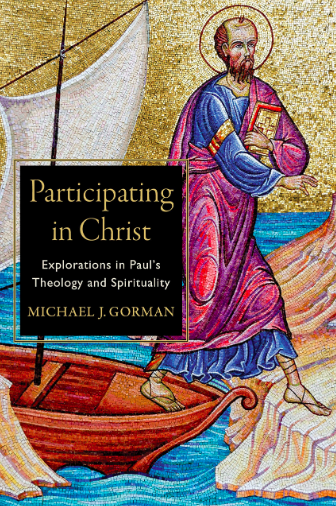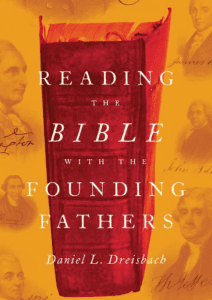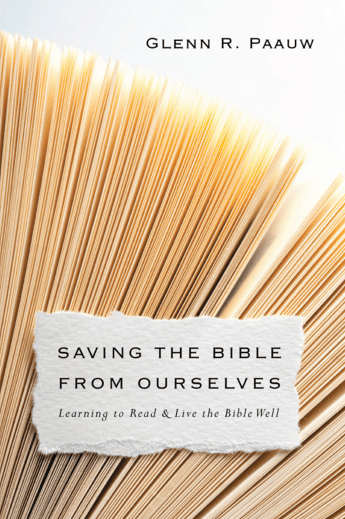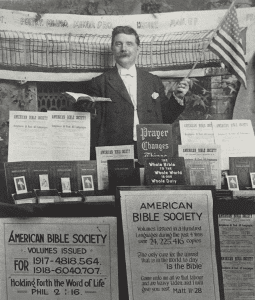 How does one read the Bible “biblically,” that is how does one read it right? That word “biblical” has some options and it is not quite as simple as some suggest. Some theologians study a theme hard and then run the whole Bible — or much of the Bible — through that theme and sometimes they discover some parts don’t fit their framework so they ignore those elements of the Bible. Very, very few “biblical” theologies or Story-approaches to the Bible know what to do with the Wisdom literature, which reading then ironically is a revelation of an “unbiblical” reading of the Bible!
How does one read the Bible “biblically,” that is how does one read it right? That word “biblical” has some options and it is not quite as simple as some suggest. Some theologians study a theme hard and then run the whole Bible — or much of the Bible — through that theme and sometimes they discover some parts don’t fit their framework so they ignore those elements of the Bible. Very, very few “biblical” theologies or Story-approaches to the Bible know what to do with the Wisdom literature, which reading then ironically is a revelation of an “unbiblical” reading of the Bible!
How do you respond to the “salvation historical” approach to biblical theology?
What Edward Klink III and Darian Lockett, in their Understanding Biblical Theology, do is sketch five types (reminds one of Niebuhr’s types) of “biblical” theology, and they grade them from the historical to the systematic theological. The historical approach is typified by James Barr and in this post we want to look at the second type, “Biblical Theology as History of Redemption,” and they use D.A. Carson as their prototype. One of the highlights of this section in their book is the discernment of three “schools” in this approach, and when I began reading this chp I wondered if they’d factor in the various approaches — and I’m delighted they did. Furthermore, while Carson is the prototype here they use Graeme Goldsworthy throughout their sketch, and I would argue his many writings might even be a more forceful example because of his many writings directly on their theme.
What is not mentioned is that this “salvation history” approach to biblical theology is a species of Reformed, covenant theology. More needs to be said about this, but it would take us away from their sketch of this kind of biblical theology.
Here are the major elements of type 2:
1. The aim is to discern the historical progress of God’s work of redemption.
2. In the Canon of Scripture, all of Scripture, but tied together in the sweep of Scripture. Progressive revelation of the progress of redemption.
3. Themes discerned inductively are a major avenue to find this history of redemption.
4. Scripture is a revelation of God; Scripture is the source though other texts clarify contexts.
5. History is the arena in which God reveals himself; so history is fundamentally important.
6. Scripture is a profound, sometimes typological, unity revealing this history of redemption, and this biblical theology influences exegesis.
7. But exegesis builds into biblical theology and always has priority over systematic theology.
8. The church is the place where this theology is expressed — not just an academic exercise (as in Barr’s proposal).
The contribution of this chp entails their breakdown into three schools:
The Dallas School which focuses more on biblical books (Isaiah) and sections (Synoptics) as the arena for biblical theology, with larger syntheses being more systematics.
The Chicago School, which they use for Carson and his series of books in New Studies in Biblical Theology, extends the Dallas School to a larger synthesis of the Bible’s history of redemption. So the focus is a thematic coherence of the Bible.
The Philadelphia School, which is the Reformed tradition behind and at Westminster, with his great christocentric hermeneutical reading of the Bible — from the very beginning. I see this School as the origin of the second and which was countered by the more original forms of the Dallas School.
To continue the meme I began in the first post. What about the Image of God in Gen 1:26-27. Dallas might emphasize the meaning of “image” in Genesis 1 and Genesis and the Pentateuch; the Chicago School might focus on how Image becomes Image of Christ so that there is a progression in revelation leading to even fuller insights into the meaning of Genesis; the Philadelphia will begin in Genesis but will know that it needs fuller interpretation in light of Christ as the Image — leading them perhaps to say Adam, as Image, is made in the Image of Christ. Each of these will involve understanding Image in its Ancient Near East setting as the king representing God.
What is interesting, of course, is the division between Chicago and Philadelphia, and it illustrates the whole problem of “biblical” theology: a hermeneutic is formed, always on the basis of how the Bible is read, to the level that it becomes the guiding theme for reading each passage. The Chicago School focuses on redemption (salvation) while the Philadelphia School focuses on christology (though one might say their approach is also redemption history with a christocentric emphasis). The issue here is Who decides which theme guides our reading? I am convinced that all “soterian” and “history of redemption” readings are rooted more or less in Romans 5:12-21 or more broadly in Pauline soteriology (often enough justification theory). Other themes rise their hands asking for attention: like election, or the People of God, or missio Dei in a wider sense of redemption, et al.. But I want to emphasize that a cheap postmodern critique of this approach won’t work; the chp discussing Carson’s theory is laced together with his awareness of the issue of presuppositions, et al..
The authors provide what I think is an important reminder by way of critique: “Carson (and BT2 [this second type] in general) seems to underplay the abstracting character of history alongside that of reason and philosophy. History is not as neutral as Carson’s implicit construction suggests” (89). It is because NT Wright does deal with this “not as neutral” element that he is actually farther along the theological line for these authors, and yet one could make the case he is closer to the history end for the same reason.











